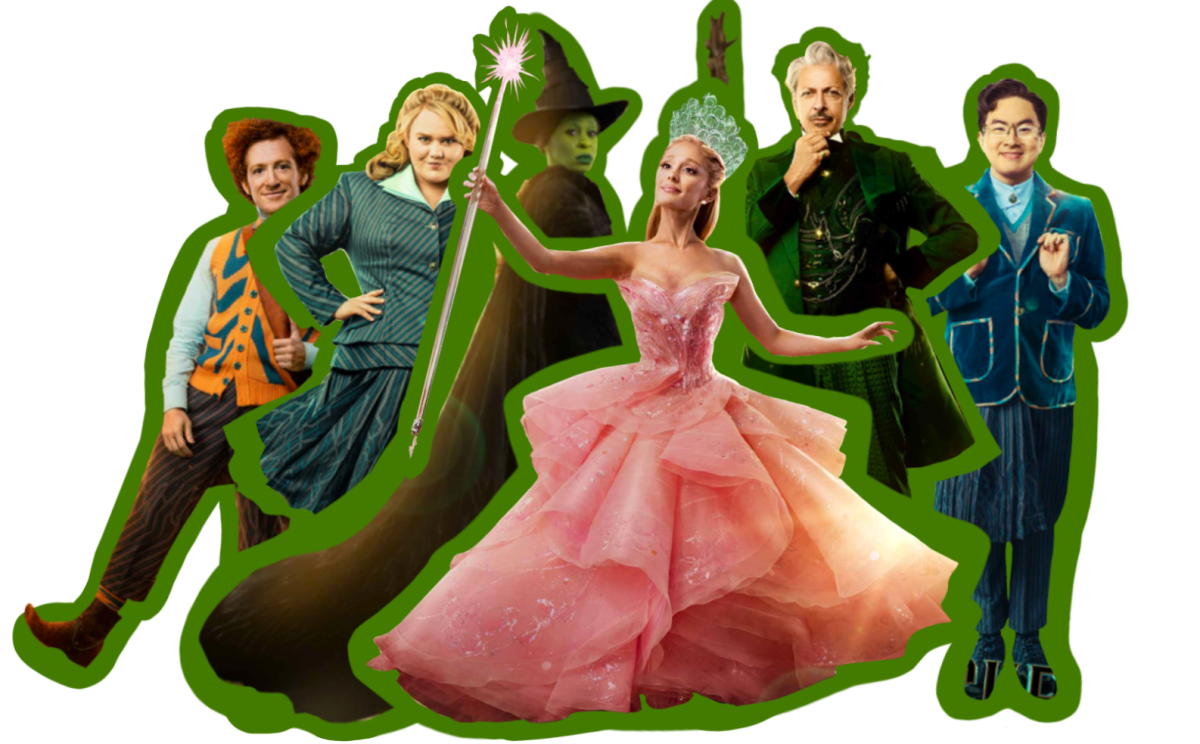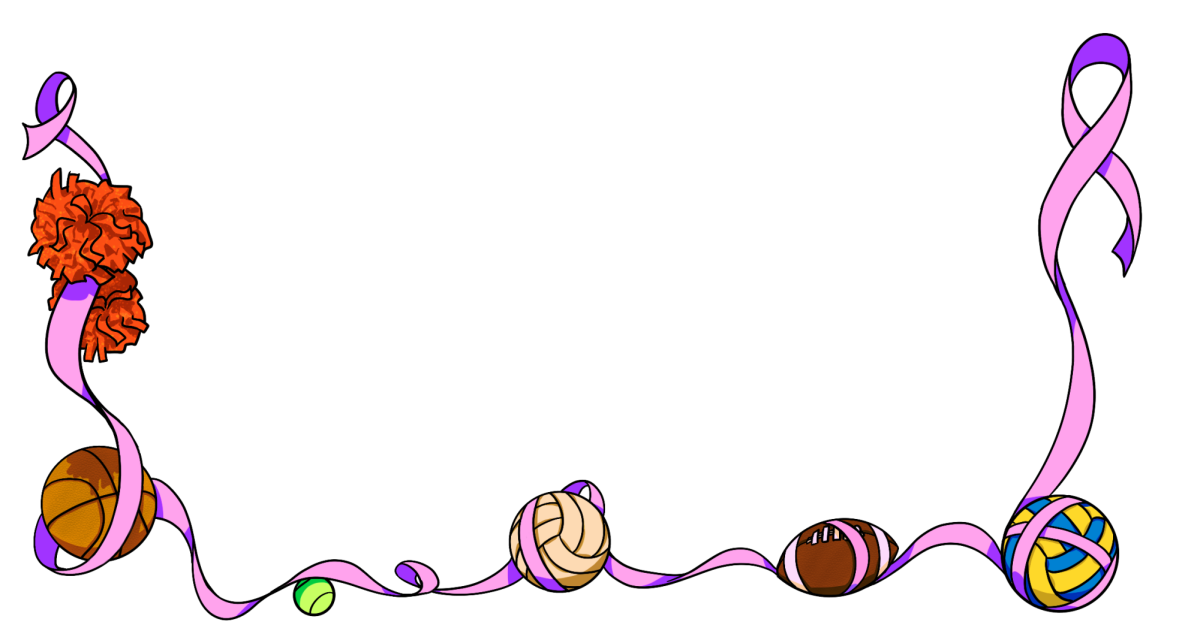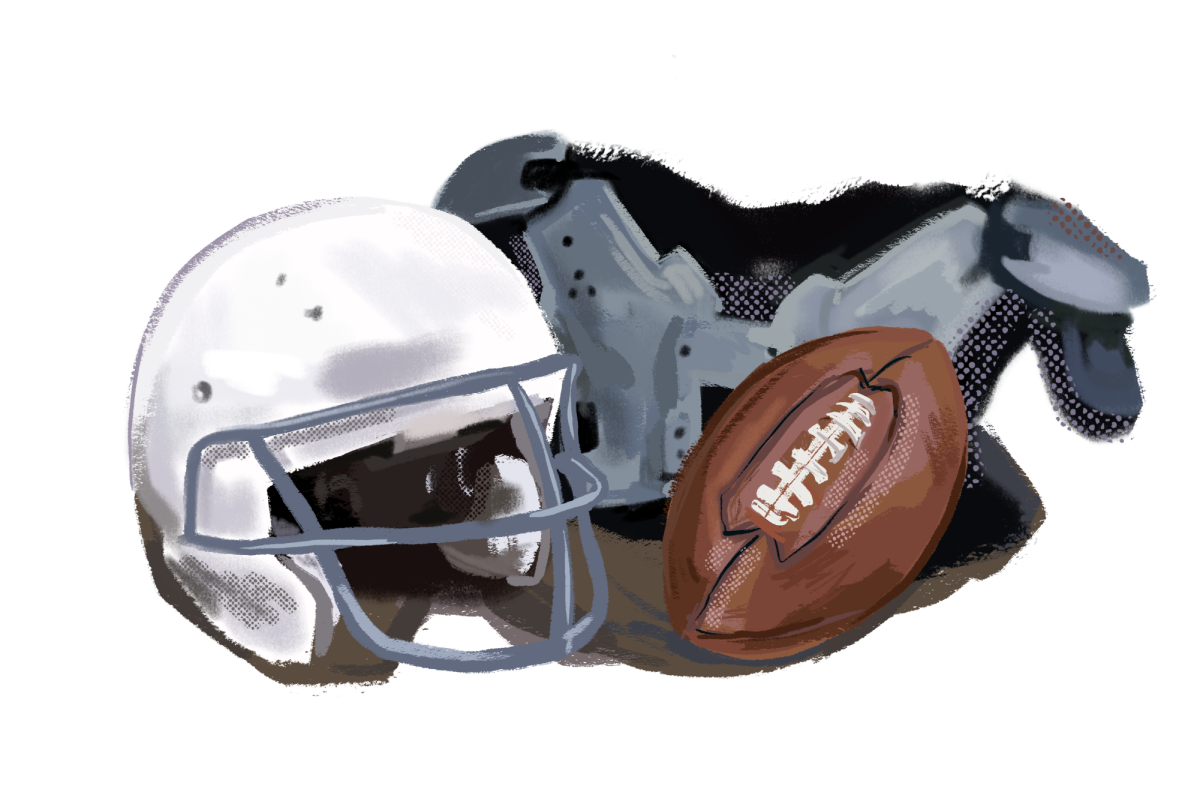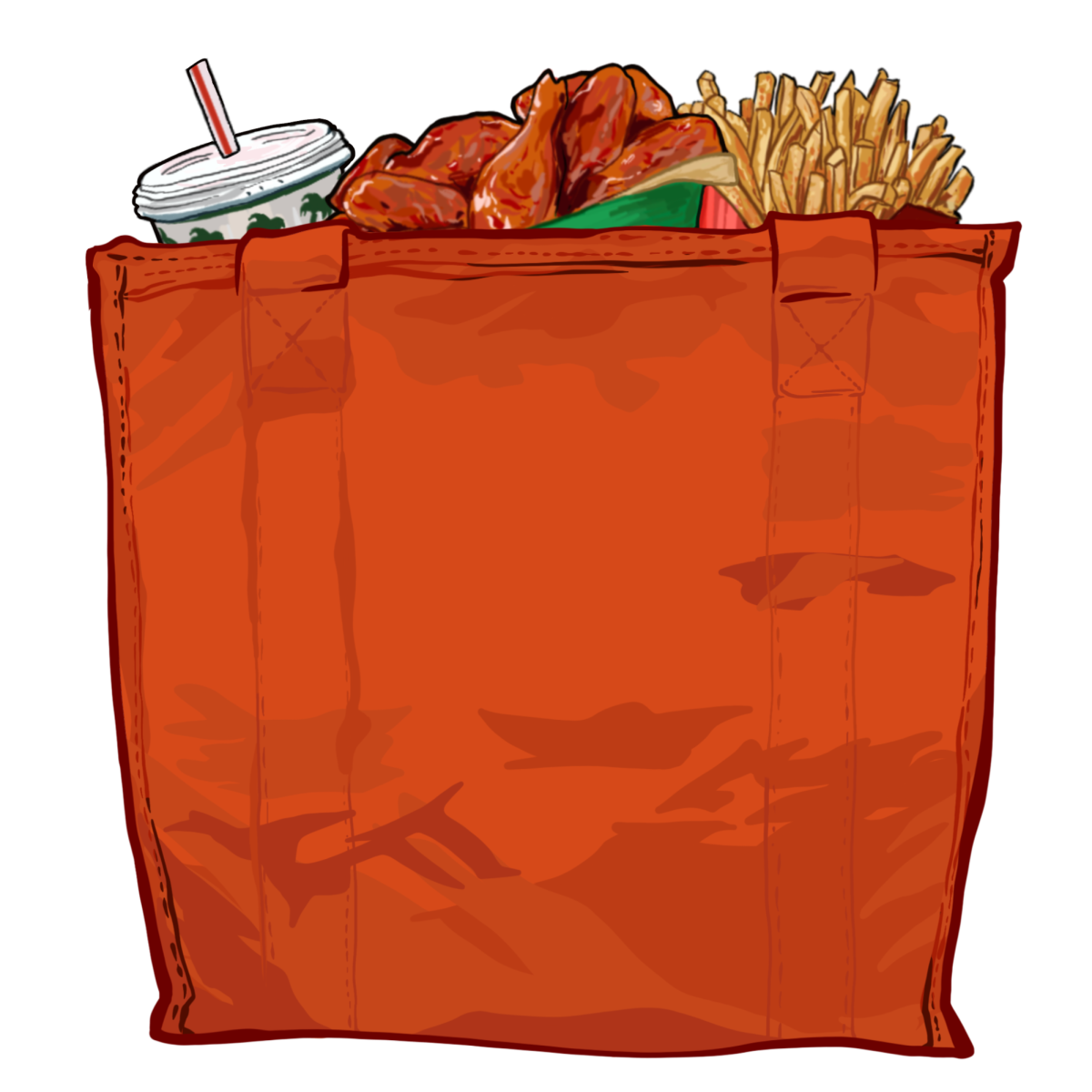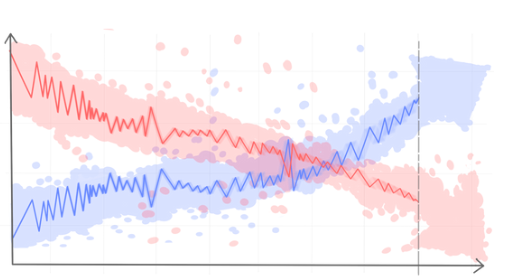Written by Elinor Aspegren
On the final episode of TV show “Daredevil” season 2, Karen Page writes a column for the “New York Bulletin.” In this column, she writes, “What is it, to be a hero? Look in the mirror and you’ll know.”
I’ve been reading comic books and watching comic-inspired television shows since I was 13. At first, they acted as an escape from the harsh life of middle school—I didn’t have many friends, I didn’t do much after school besides homework and in general, I loved to read. Soon, however, they were more than an escape. They were an inspiration.
I was always interested in public service, and seeing heroes emerge out of normal people gave me the incentive to pursue this as a passion. Peggy Carter wanted to end Nazi oppression and therefore joined the French Resistance as a teenager, becoming a highly reliable and competent agent. Janet van Dyne underwent a biochemical process to become Wasp in order to bring her father’s killer to justice.
More, what inspired me about these two was not that they had greatness thrust upon them, but that they also were resilient in their failures. Peggy Carter bounces back after love interest Steve Rogers’ death, eventually becoming a member of Strategic Homeland Intervention, Enforcement and Logistics Division (SHIELD) and battling Red Skull. Kamala Khan, the new Ms. Marvel, still has to go to high school, deal with her parents and discover her identity, all while dealing with newfound powers. More than being an everyday hero, I could still be a hero and fall down, just as long as I got back up again. And it would be okay if it took me a while to get through a struggle.
What’s so great about comic books is probably the sense of power you feel vicariously through them. Comic books are one of the best examples that there’s more to being a woman than the traditional stereotype—that a woman can actually save the world.
The best example of a kickbutt comic book woman is Kate Bishop, who is the third Hawkeye (and first woman to take up the mantle). She quickly shows that she can do everything that Clint Barton (the original Hawkeye) can. Best of all, she’s relatable and refuses to be objectified. She’s one of the few perfect role models that the two comic giants have.
That’s right, in a world where women are 51 percent of all people, female characters make up only 30.9 percent of the DC universe and 30.6 percent of the Marvel universe, says 2014 research by Five Thirty Eight.
And oddly enough, Marvel and DC know this. As “Thor” writer Jason Aaron said in an interview with Five Thirty Eight, “Over time, we started to appeal to the same, dwindling fans. I don’t say that derisively, because I’m at the heart of that dwindling group of fans, and always have been.” It’s easy to figure out that he’s talking about white men—but Aaron forgets the 11,200,000 women who self-identify as comic book fans on Facebook—that’s over 46 percent of the 24 million fans.
If Marvel and DC are worried about their dwindling group of fans, maybe they should start to expand their focus on female characters. Knowing who is buying what is vital for any modern day business, and in order to insure a future for this great form of literature, we need to know and keep in mind this changing demographic. After all, as Diana Prince (Wonder Woman) said, “Women seem like sissies because you don’t know their true strength.” Every publisher should be thinking about the strength of women—and demonstrating that through their comics.




